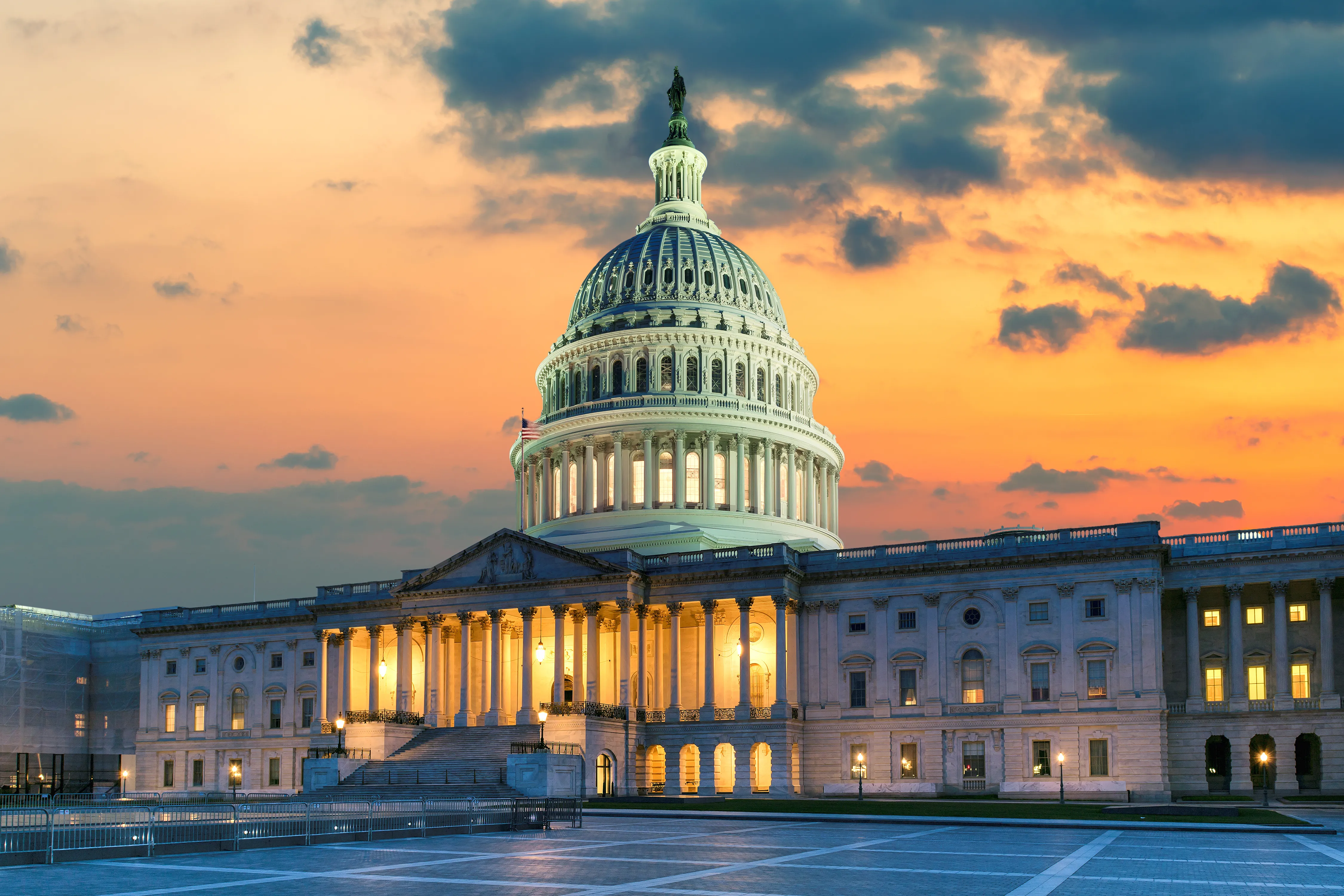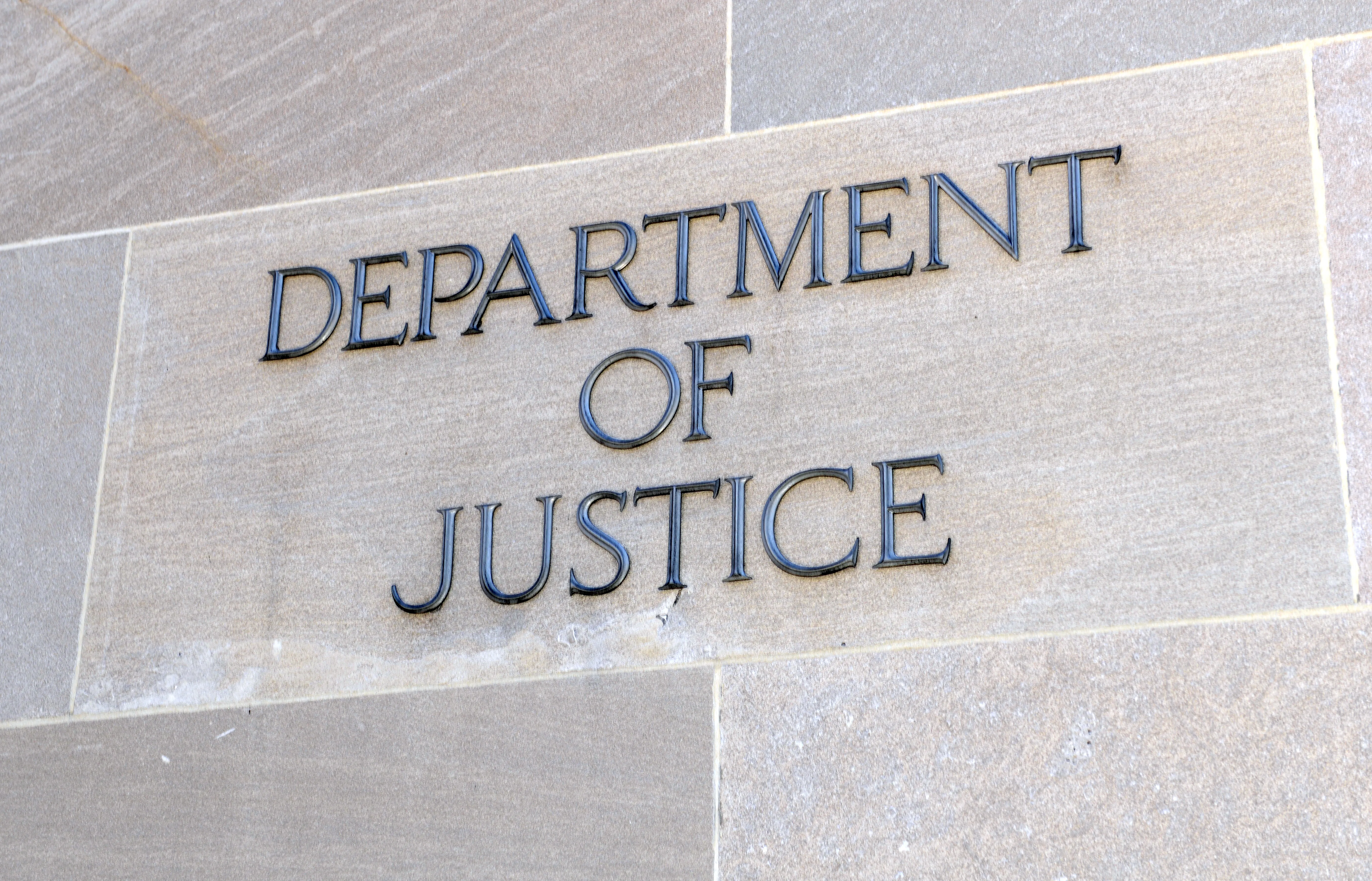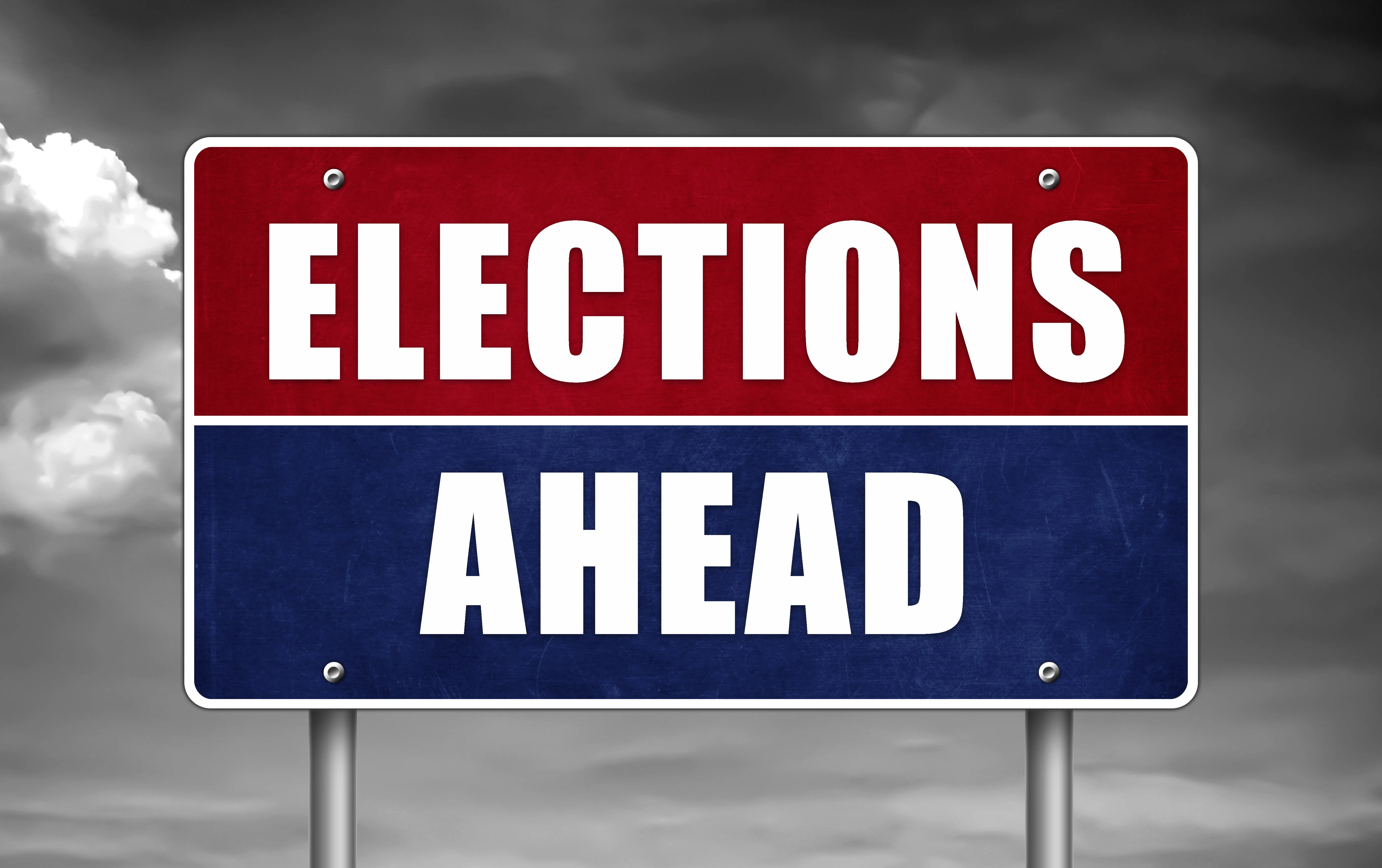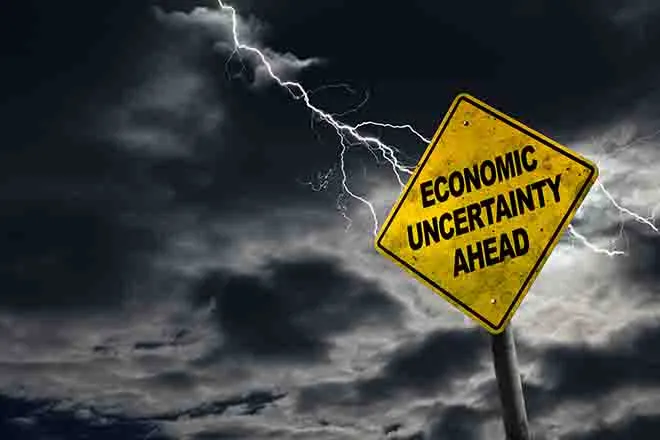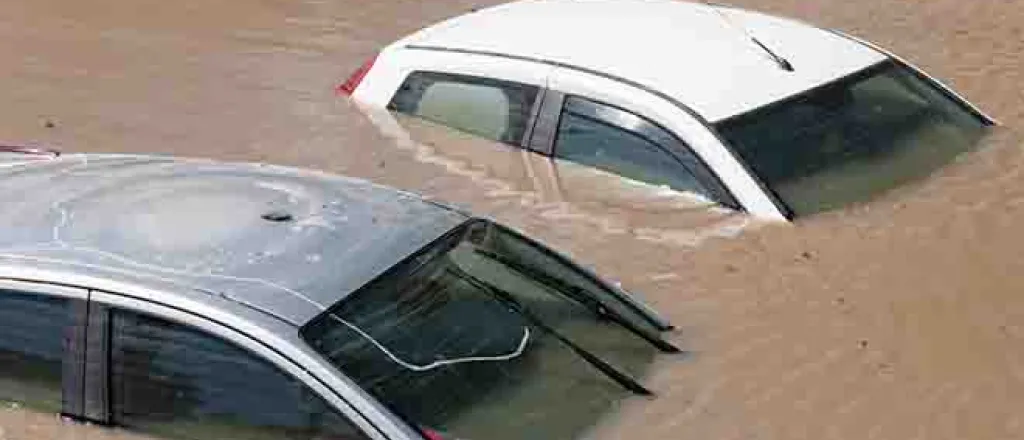
Federal court hears arguments over controversial FEMA flood insurance program
(The Center Square) — A federal judge heard Tuesday from 10 states and 43 parishes as the Pelican State and others try to stop a new flood risk map that could hit homeowners in the pocketbook.
The hearing was in the U.S. District Court for the Eastern District of Louisiana in front of U.S. District Court Judge Darrel J. Papillion. The plaintiffs, led by the state of Louisiana, are seeking an injunction to prevent FEMA from enacting the maps and prevent them from kicking grandfathered policies out of the program in a lawsuit brought by Louisiana Attorney General Jeff Landry June 1.
The U.S. Federal Emergency Management Agency's Risk Rating 2.0, unveiled in April 2021, will change how premiums are calculated under the National Flood Insurance Program.
This federally-backed program helps provide flood coverage for millions living in flood-prone areas, such as the Atlantic and Gulf coasts and river and lake floodplains.
Louisiana Solicitor General Liz Murrill, who led oral arguments for the plaintiffs in the case, said that she was incredulous when attorneys for the federal government argued that "affordability wasn't a statutory" requirement for the flood insurance program.
Previously, the maps were calculated using historical floods as a reference. The new model uses an algorithm that, according to Murrill, remains a "black box" in that FEMA attorneys didn't provide much information about the inputs into the models.
"They (FEMA) have a duty under statute to create reasonable rates so people can afford them and buy into the program," Murrill said. "We hope the judge will grant relief and not be distracted by the arguments that FEMA has made when we've shown him very clearly how impactful and how devastating this is to a lot of communities all over the country."
The Solicitor General – who is running for state Attorney General – gave the examples of St. Charles and Lafourche parishes, where some flood insurance policyholders could see increases in their policies from 500 percent to 700 percent.
She also said many Louisiana homeowners have received state grants to strengthen their flooding-damaged homes and lower their risk, which required them to keep flood insurance. In most cases, she said they will most likely be required to pay back the grants if they decide to drop flood insurance.
Murill said the new maps will affect the housing market in the affected areas since homeowners will be forced to unload their houses at low prices due to considerably higher flood insurance rates that will reduce the number of buyers who can afford to reside there.
She said the tax assessor for Lafourche Parish testified almost all of the parish is under the special flood hazard zone in the new maps and that 40 percent of the homes under a contract for sale have not closed when potential buyers found out what their flood insurance premiums were going to cost.
Attorneys for FEMA argued that Louisiana and the other plaintiffs didn't have standing to bring the suit since the parties didn't have adequate injuries and should've brought the lawsuit after the new maps went into effect in 2021.
October 1, 2021, any new flood insurance policies written were subject to the new rating criteria, as were existing policies. On and after April 1, 2022, all flood policies were renewed using the new ratings.
On the FEMA Risk Rating 2.0 website, FEMA says, "The methodology leverages industry best practices and cutting-edge technology to enable FEMA to deliver rates that are actuarily sound, equitable, easier to understand and better reflect a property's flood risk."
The government claims that only 4 percent of property owners will see a rate increase of $20 per month or more, while 7 percent will have their rates grow by $10-$20 per month. They also claim 66 percent will see a slight increase of up to $10 per month, while 23 percent will have their rates decrease.
Murrill countered that with four witnesses (which she said FEMA attorneys didn't cross-examine) and 250 exhibits, while FEMA called no witnesses.



